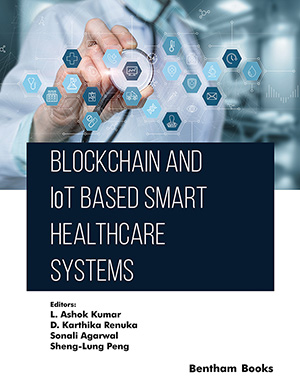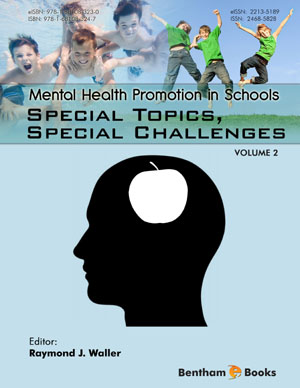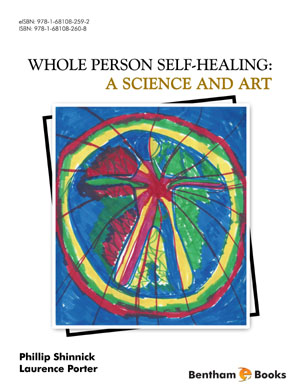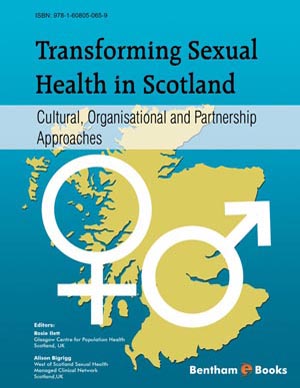Abstract
A lab worker was severely burned working with a bottle of t-butyl-lithium. Tertiary butyl-lithium is a highly volatile chemical and spontaneously catches fire upon exposure to air. A scientist died working with bacteria; the infection that killed the scientist may be connected to a virus that causes small pox. Accidents in academic settings happen quite frequently every year in developed and developing countries. Most of the time, laboratories are fully stocked with hazardous chemicals such as strong acids, flammable items and neurotoxins. They also have natural gas-guzzling Bunsen burners and high-pressure cookers called autoclaves. Additionally, biology labs often have infectious organisms, chemistry labs have explosives, and physics labs often have lasers. Factually, everywhere you turn, there is something that could seriously injure you. But we cannot stop them from working on those things which improve the health of mankind. On the other hand, we have to take precautions in the laboratory for safe handling of biological materials and living organisms. The primary purpose of this chapter is to learn work safely with biological materials as well as to address other issues such as knowledge of specific biological agents and toxins, quality laboratory management practices and an overall safety culture.
Keywords: Biosafety Levels1 (BSL-1), Biosafety Level 2 (BSL-2), Biosafety Levels 3 (BSL-3), Biosafety Level 4 (BSL-4), Biosecurity, Bloodborne Pathogens, Bloodborne Diseases, Chemical Waste, Facility Construction, General Laboratory Safety, Genetically Modified Organisms (Gmos), Hepatitis B (HBV), Human Immunodeficiency Virus (HIV), Research Animal Waste, Radiation Waste, Safety Equipment, Transgenic Plants, Transgenic And “Knock- Out” Animals, Viral Vectors For Gene Transfer, Waste Disposal.












